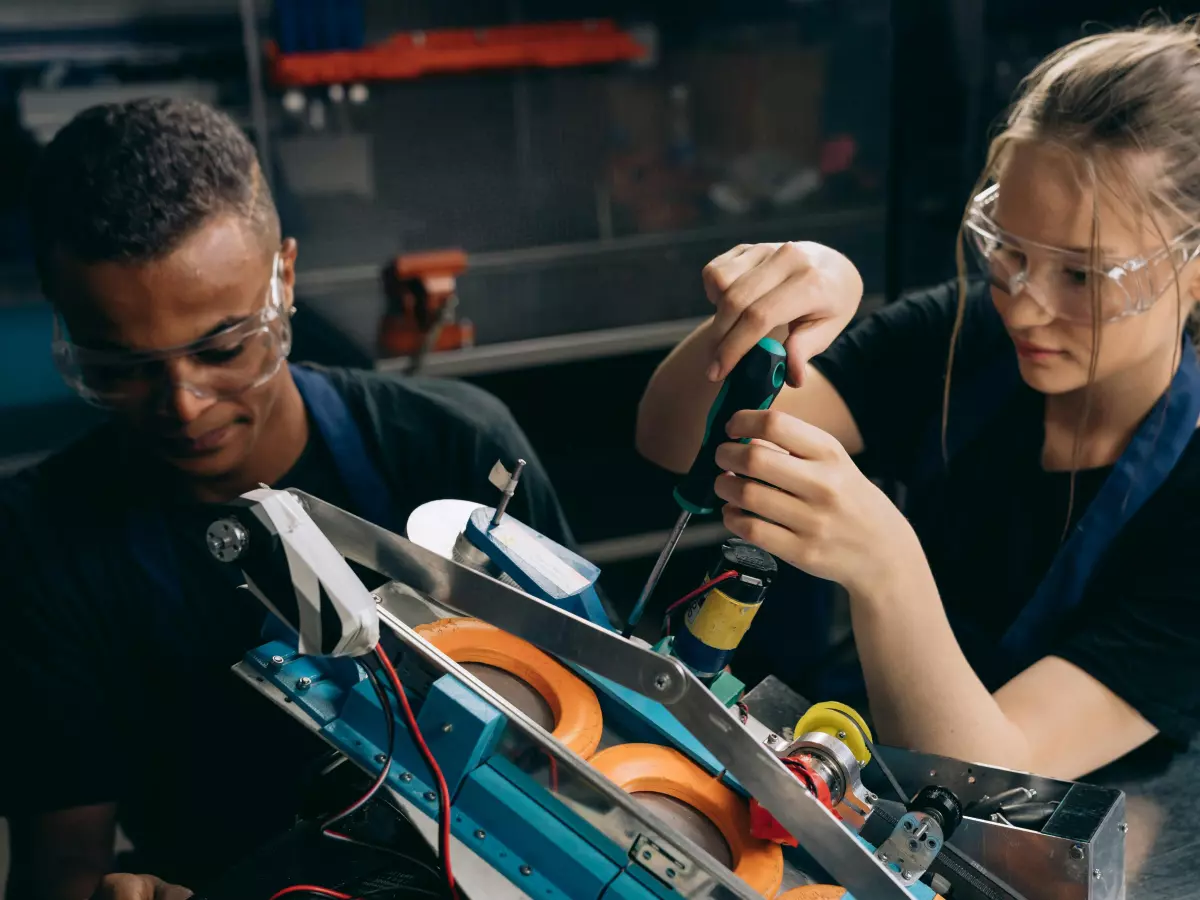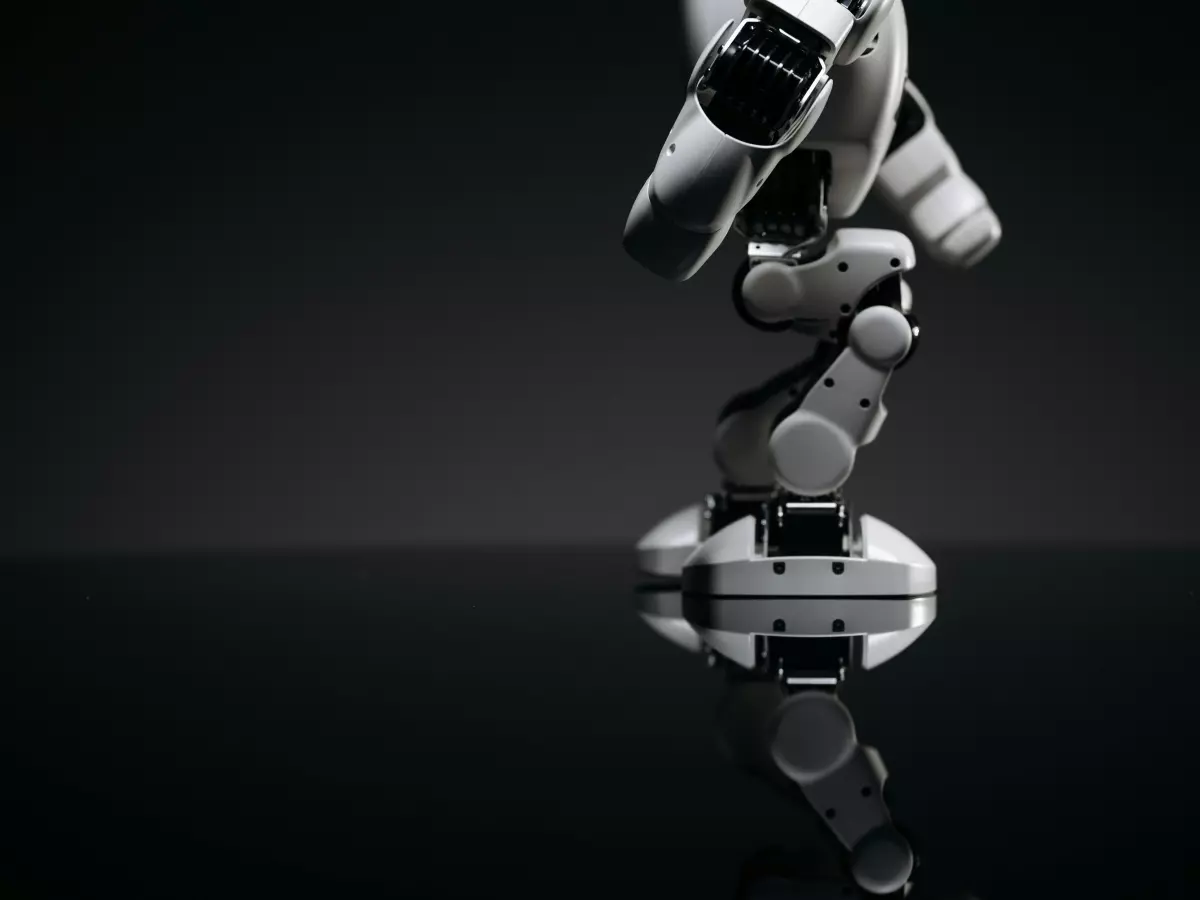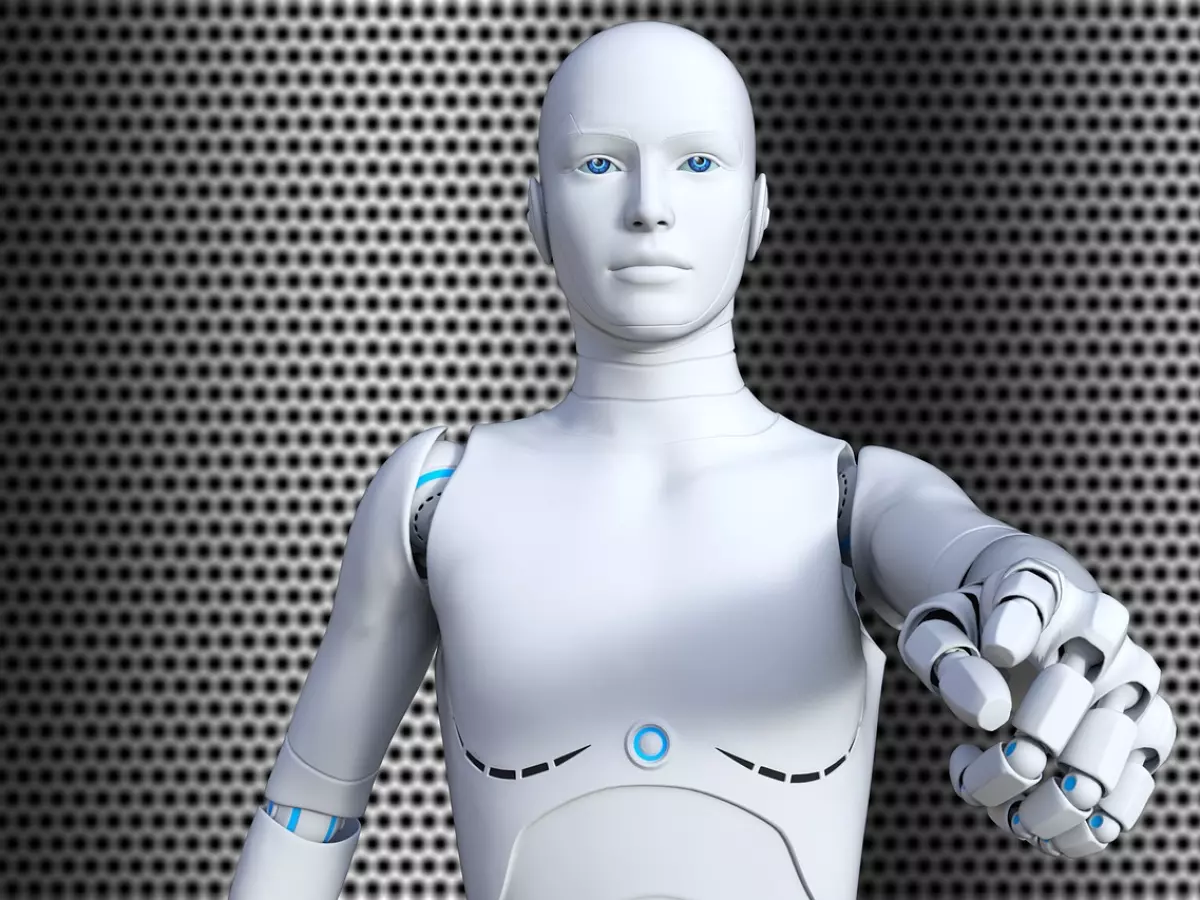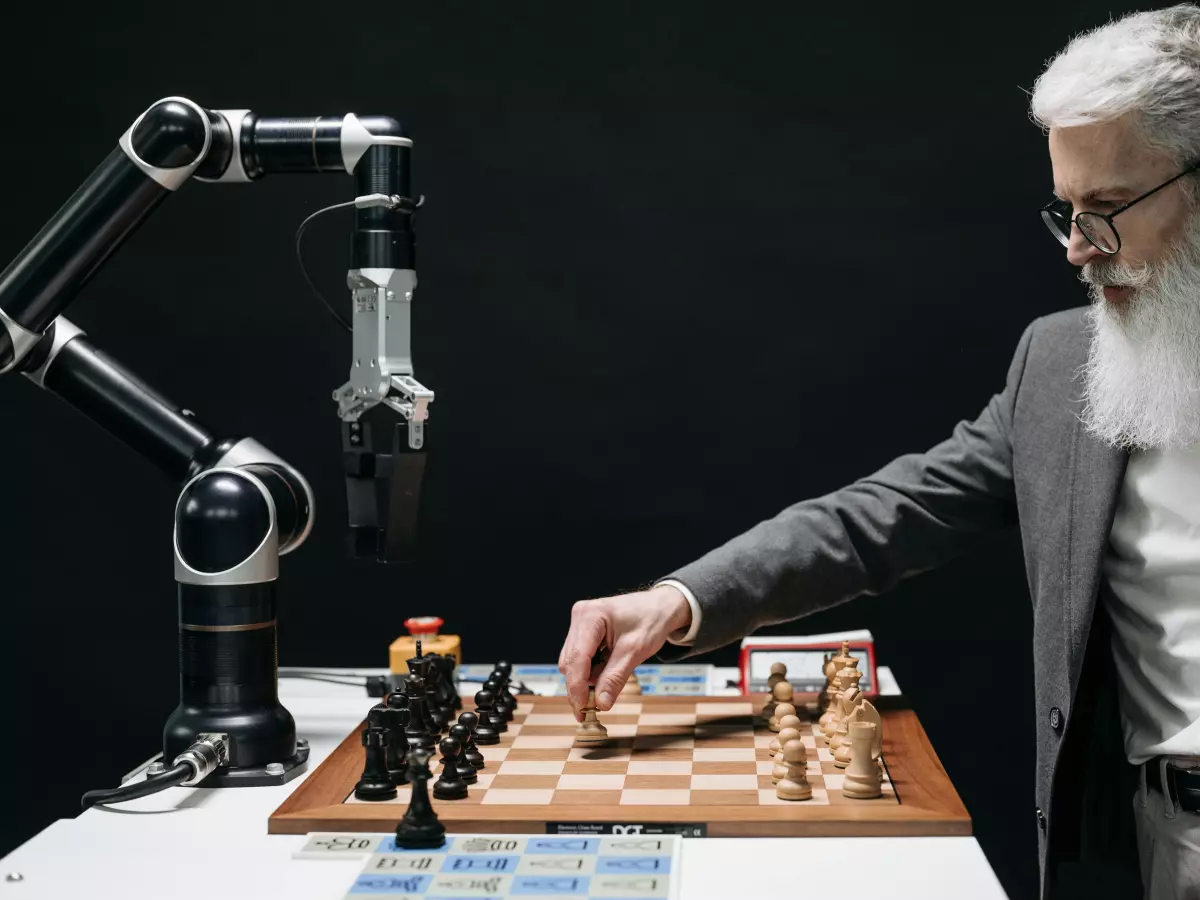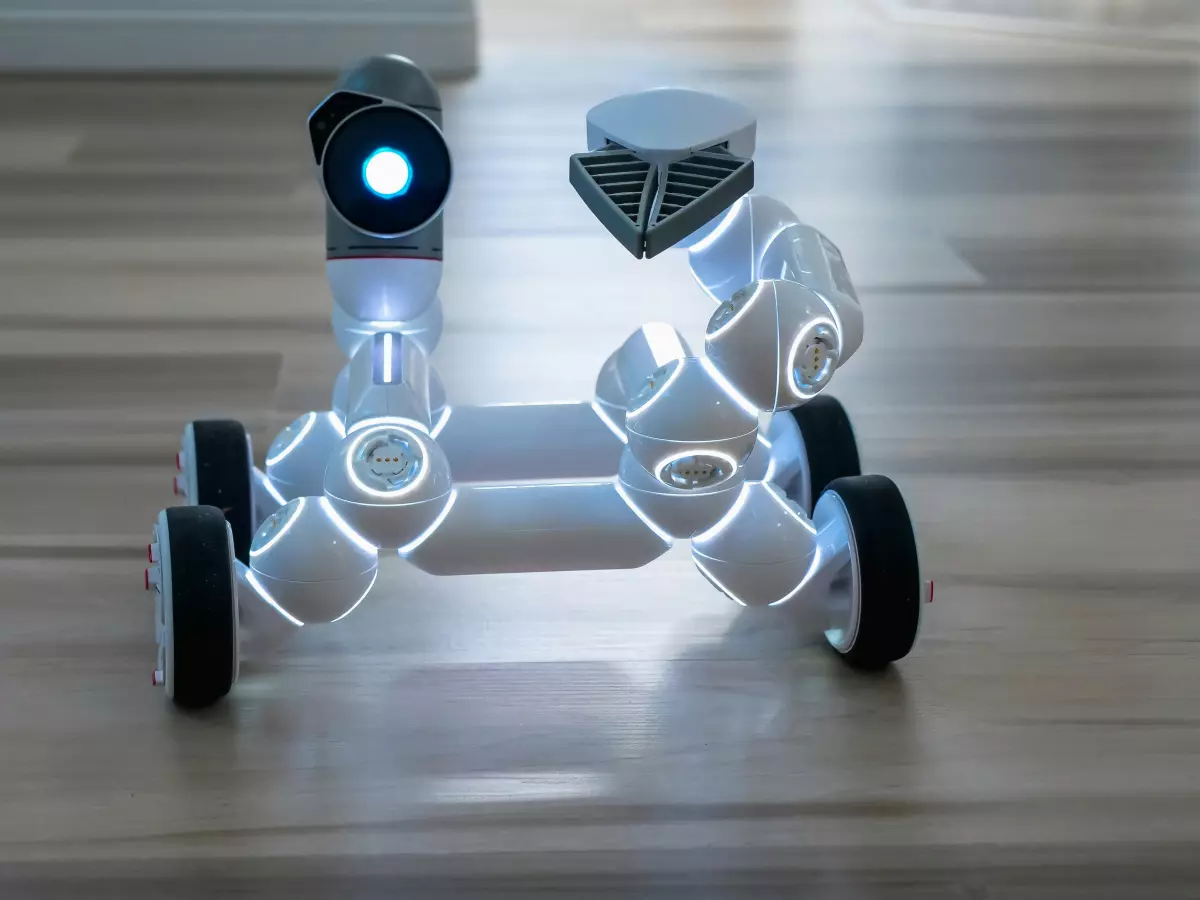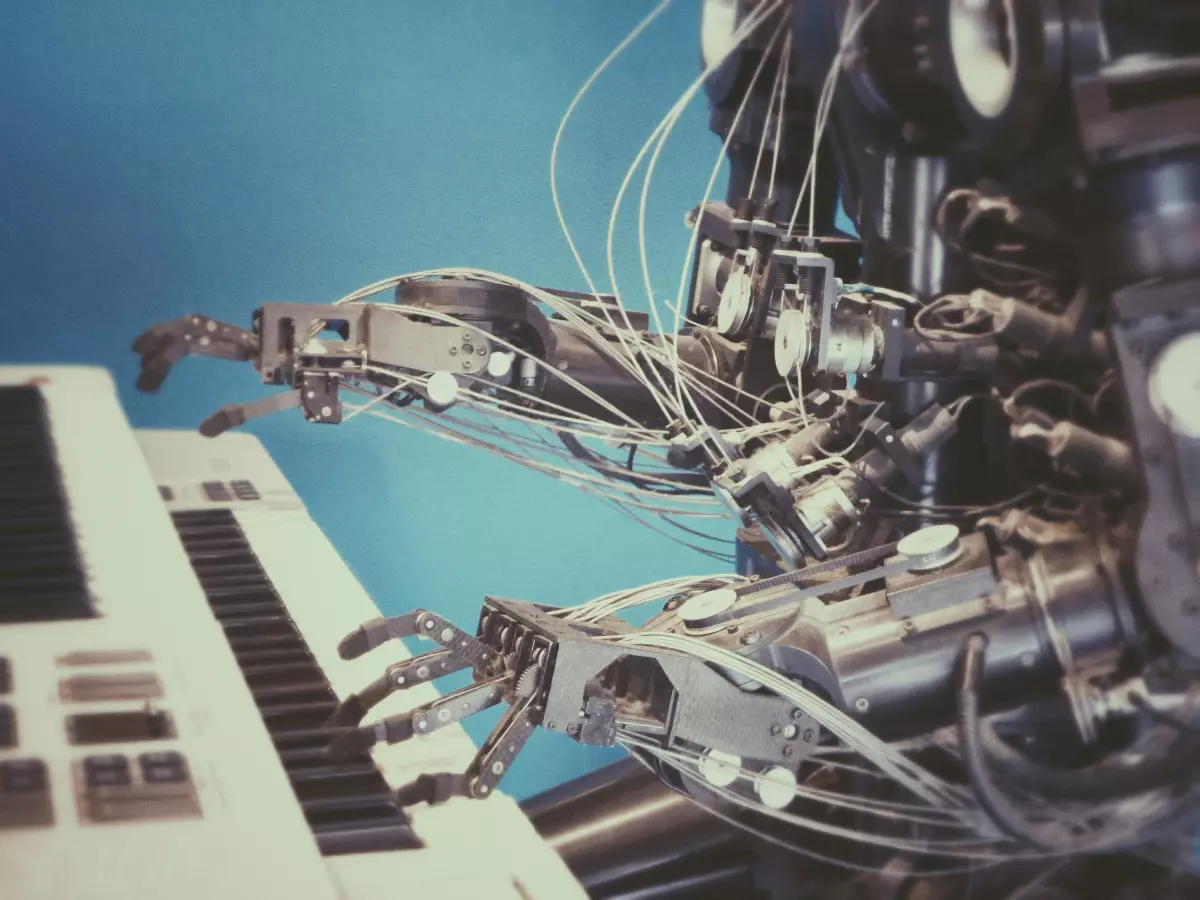Building Smarter Control
“It’s not just about making the robot move; it’s about making it move smartly,” my professor said, tapping the whiteboard filled with equations. That’s when I realized—robot control algorithms are the unsung heroes of robotics.

By Priya Mehta
Think of a robot as a musician in an orchestra. The hardware—the arms, legs, sensors—are the instruments. But without a conductor, it’s just noise. That conductor? The control algorithm. It’s the brain behind every move, every decision, and every reaction. Designing a good control algorithm is like writing a symphony, where every note has to be perfectly timed and coordinated.
But how do you even begin to write this symphony? Let’s break it down into five key steps that will help you design effective robot control algorithms, ensuring that your robot doesn’t just move—it moves with purpose.
1. Understand the Hardware
Before you even think about coding, you need to understand the hardware your algorithm will control. Is it a robotic arm? A humanoid robot? A drone? Each of these has different mechanical constraints, like degrees of freedom, torque, and speed. Your control algorithm has to account for these factors to ensure smooth and efficient movement.
For example, a robotic arm with six degrees of freedom (DOF) requires a more complex control system than a simple two-wheeled robot. The more you know about the hardware, the better you can tailor your algorithm to its needs.
2. Choose the Right Control Architecture
Once you understand the hardware, it’s time to choose the control architecture. This is the framework that will dictate how your robot processes information and makes decisions. The two most common architectures are feedback control and feedforward control.
In feedback control, the robot constantly monitors its own actions and adjusts based on real-time data. Think of it like driving a car—you’re constantly adjusting the steering wheel based on what you see. In feedforward control, the robot follows a pre-programmed set of instructions without real-time adjustments. This is more like following a GPS route without looking at the road.
Most modern robots use a combination of both, allowing them to adapt to changing environments while still following a general plan.
3. Develop a Mathematical Model
Here’s where things get a little technical. To design an effective control algorithm, you need to develop a mathematical model of your robot’s dynamics. This model will describe how the robot’s hardware responds to different inputs, like motor commands or sensor data.
For example, if you’re designing a control algorithm for a drone, your mathematical model will include equations that describe how the drone’s propellers generate lift, how air resistance affects its movement, and how its sensors detect obstacles. This model is crucial for predicting how your robot will behave in different situations.
4. Implement the Algorithm
Now comes the fun part—coding! Once you’ve developed your mathematical model, you can start implementing your control algorithm in software. This is where you’ll decide how the robot will respond to different inputs, like sensor data or user commands.
Many roboticists use programming languages like Python, C++, or MATLAB to implement their algorithms. You’ll also need to choose a real-time operating system (RTOS) to ensure that your robot can process data and make decisions quickly enough to respond to its environment in real-time.
5. Test and Optimize
Finally, it’s time to test your algorithm. This is where you’ll see if all your hard work pays off. Does the robot move smoothly? Does it respond to obstacles in real-time? Does it follow the path you programmed?
Testing is an iterative process. You’ll likely need to tweak your algorithm several times to get it just right. This might involve adjusting your mathematical model, fine-tuning your control architecture, or optimizing your code for better performance.
Once your algorithm is fully optimized, your robot will be ready to tackle the world with precision and autonomy.
What’s Next?
As robotics continues to evolve, control algorithms will only become more sophisticated. Expect to see more AI-driven control systems that allow robots to learn from their environments and make smarter decisions. The future of robotics is bright, and it’s all thanks to the unsung heroes—control algorithms.
